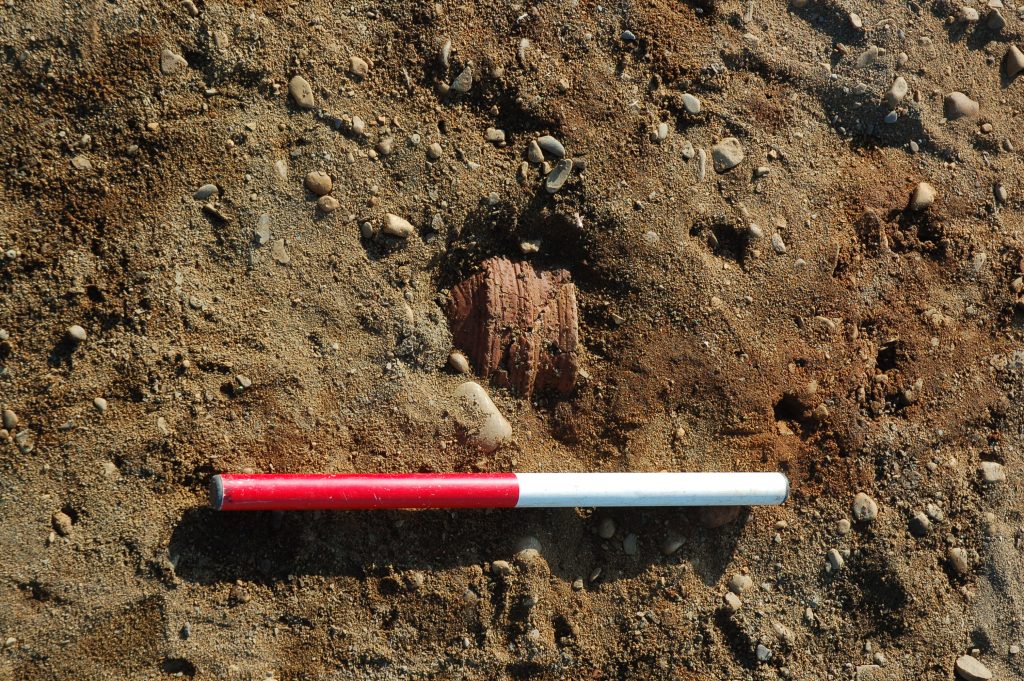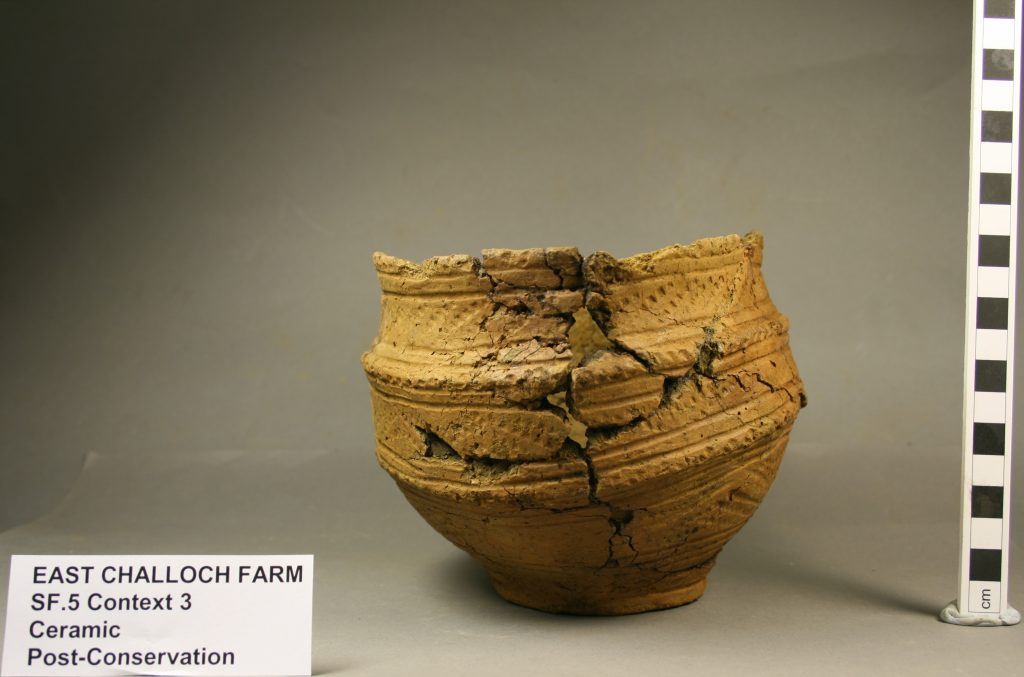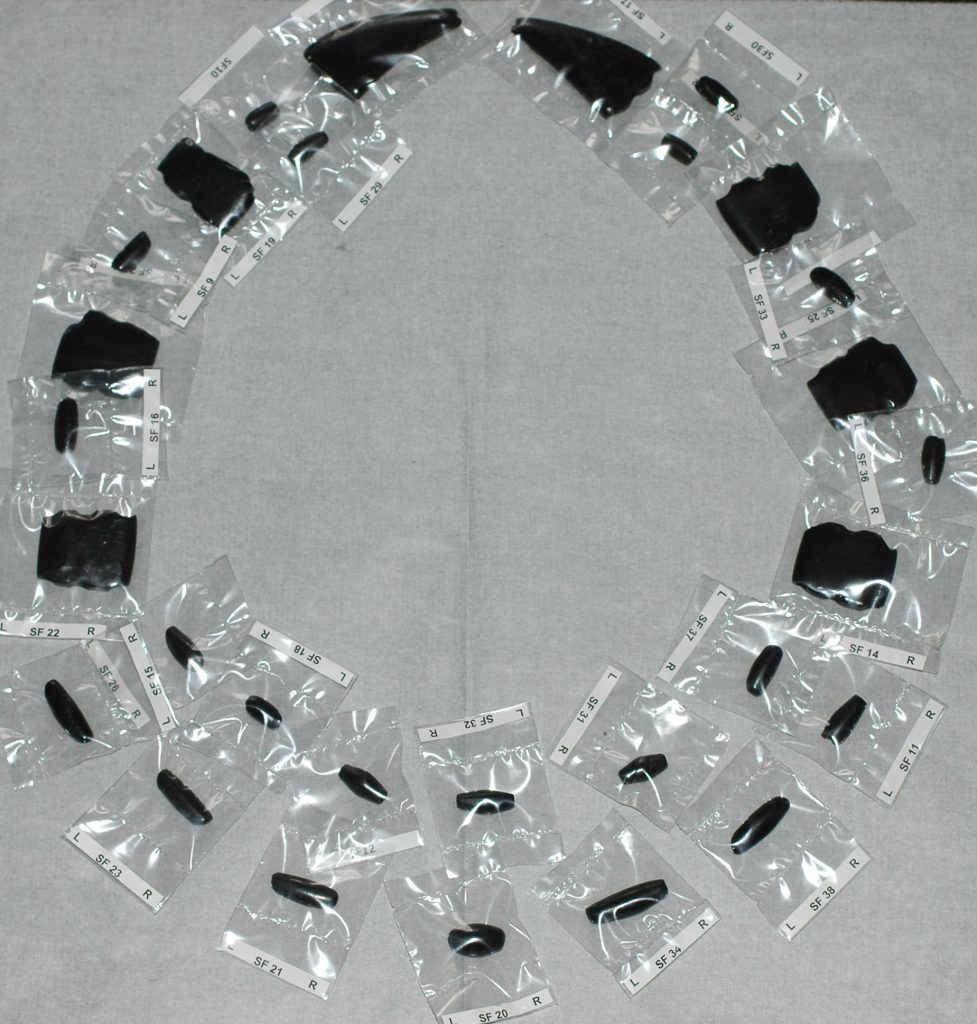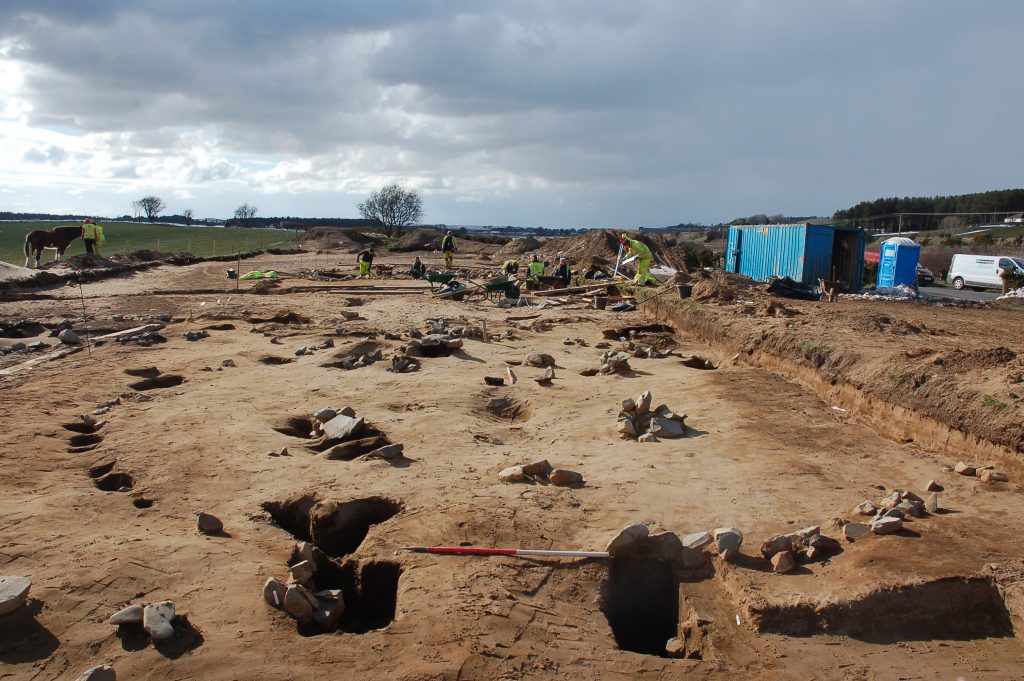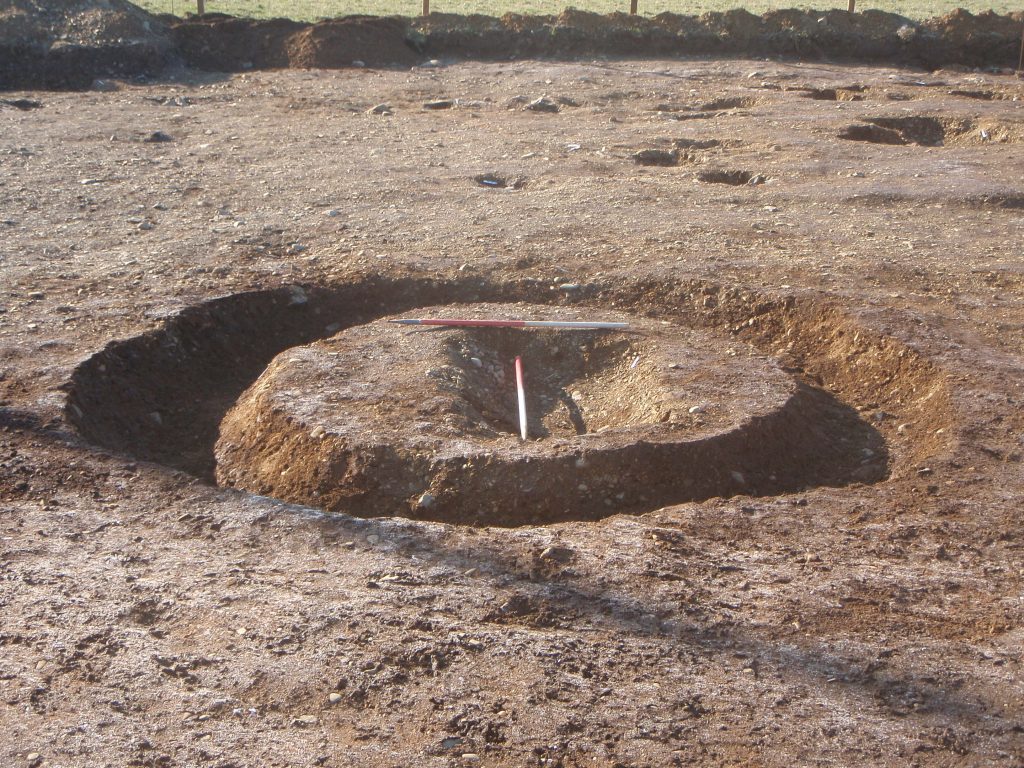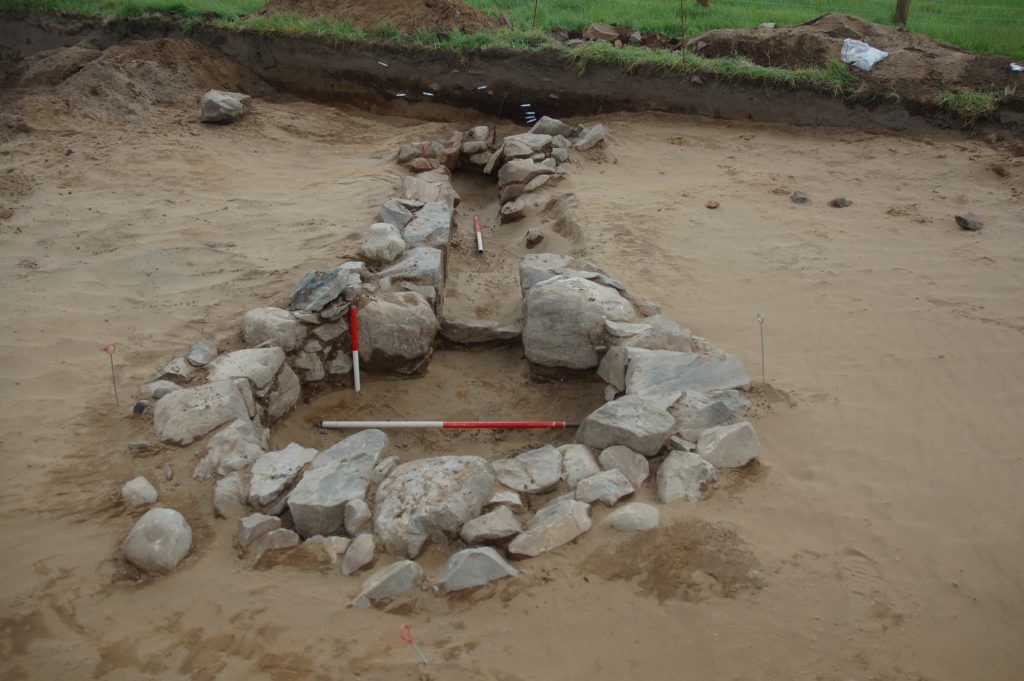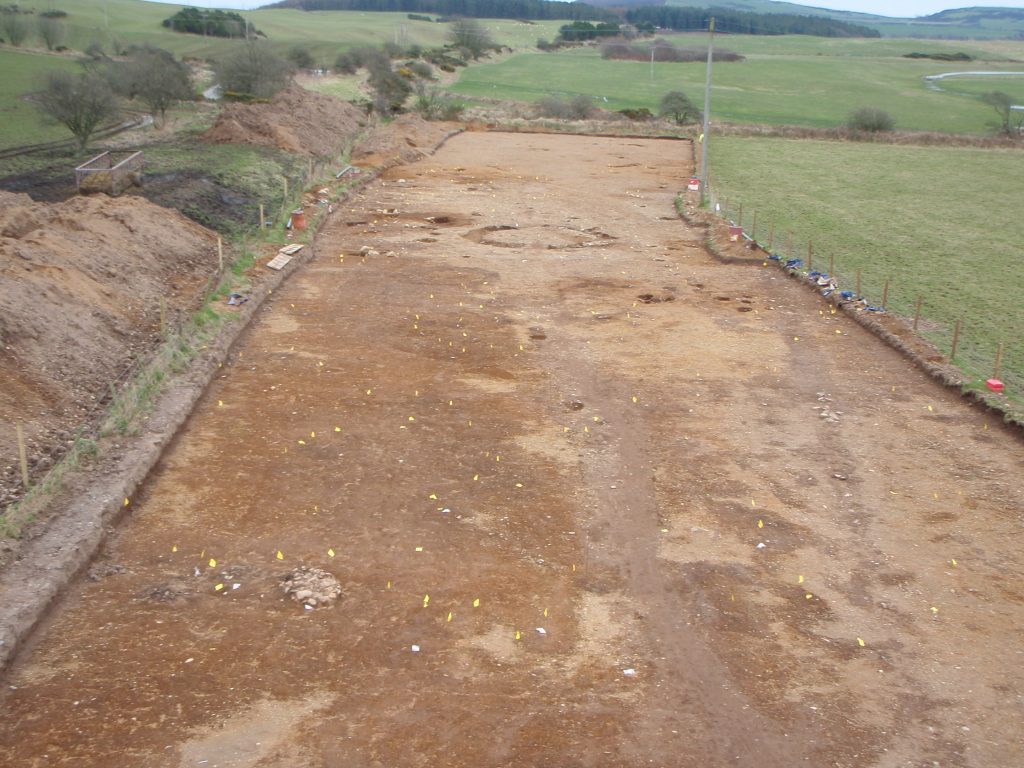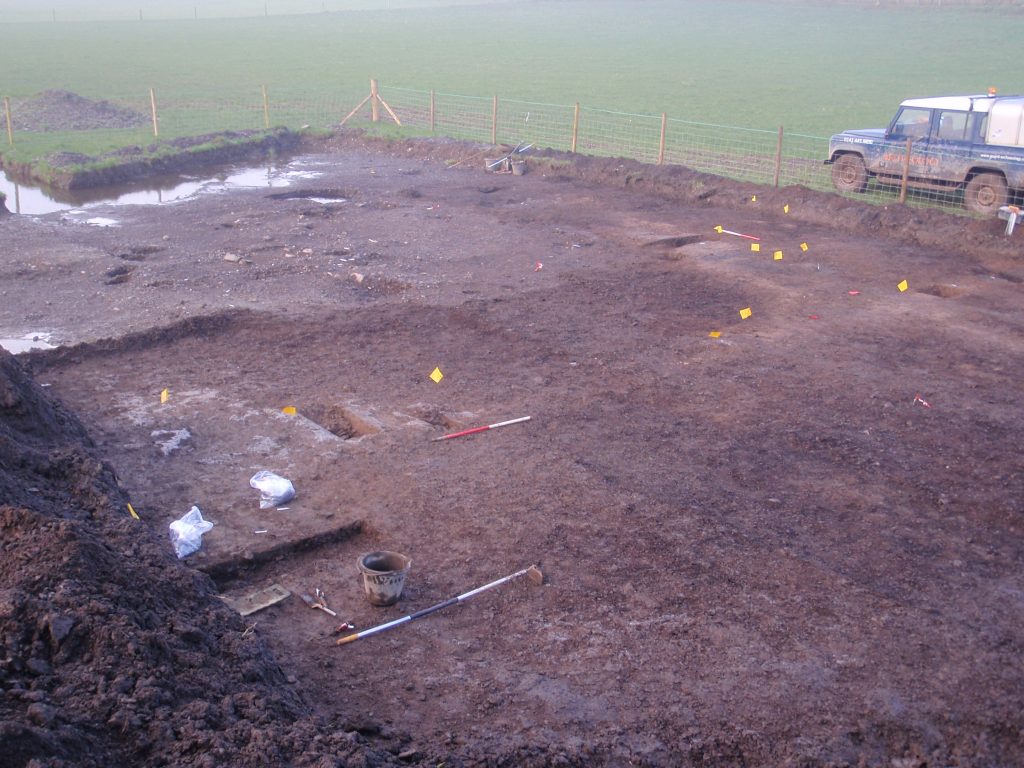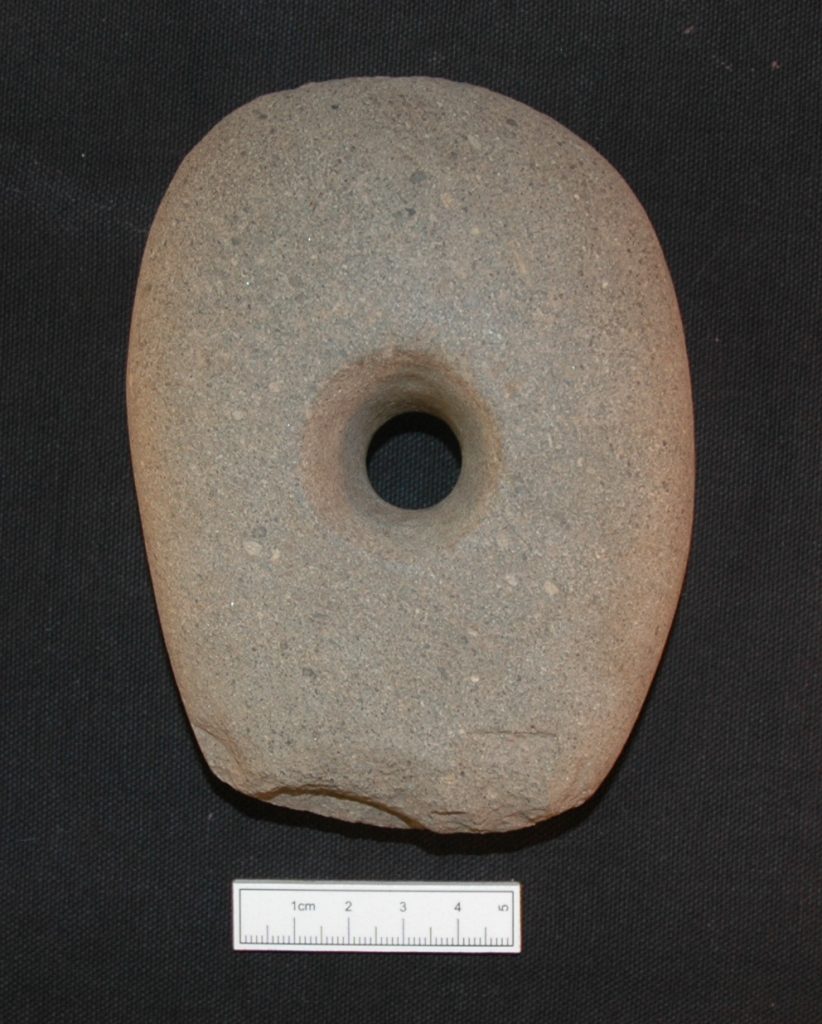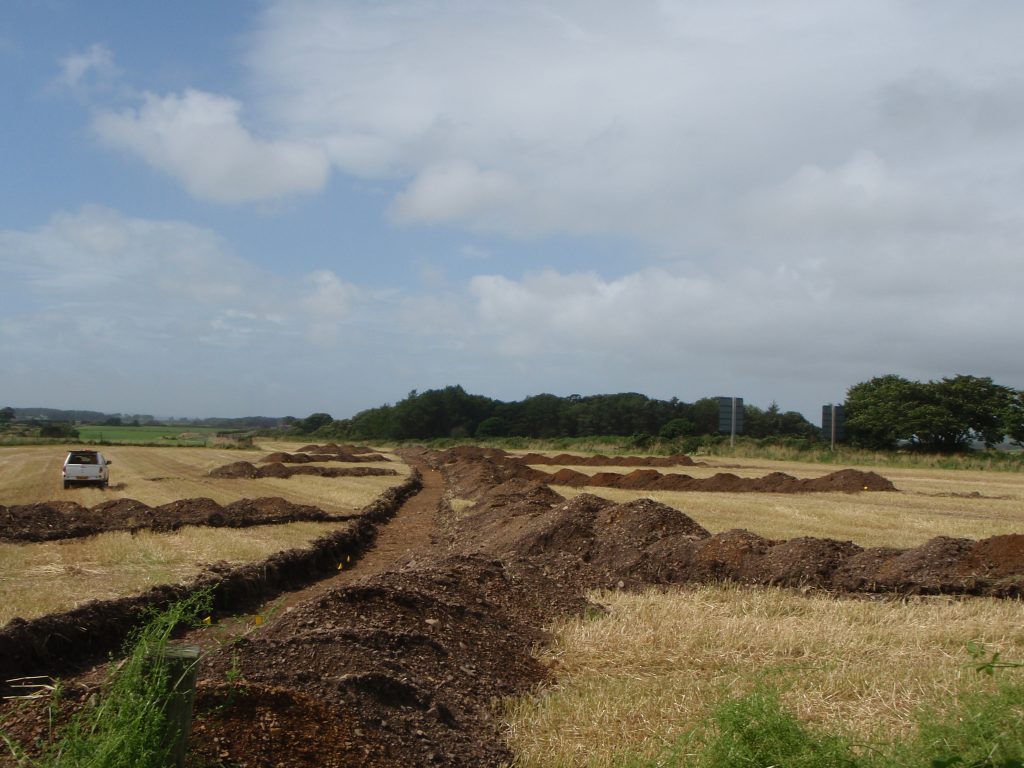Following the preparation of the interim report, a Post-Excavation Research Design was prepared that lays out the key questions we hope to answer and which identifies the various types of specialist analysis required to answer these questions.
The main objective of the post-excavation work is to extract the full extent of information and provide as much knowledge as possible from the material recovered from the excavation phase. This new information will be assessed in line with current research objectives and will result in the creation of a permanent record within the public domain, of all the archaeology encountered along the route of the A75 Dunragit Bypass.
This is no easy task as an enormous amount of archaeological material and information spanning some 7000 years of prehistory was recovered. The team of GUARD Archaeologists and various specialists will work closely with an academic expert from the University of Glasgow in accordance with the research goals of this project and the Scottish Archaeological Research Framework
The aims of the Dunragit post-excavation research are to understand:
- the relevance of the site to the understanding of the earliest settlement in the south-west of Scotland;
- the relevance of the site to the understanding of the belief systems in the south-west of Scotland;
- the natural landscape around the site and environmental and man-made changes that took place within it; and
- how environmental factors have affected the location and viability of settlement across the area.
We are excited to announce that post-excavation work began in October 2018.

